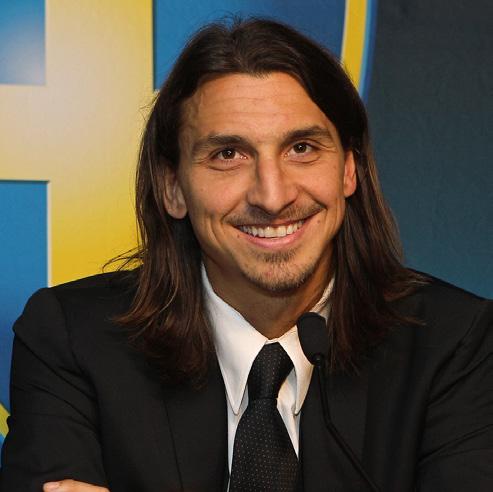Lifestyle
Sport
How Three Nations Came to Dominate Hockey (Sorry Russia…)
T
By Walter V. Cicha, Ph.D. he unforgettable 1972 Summit Series in which Canada very narrowly beat the Soviet Union featured the two undoubtedly dominant hockey teams of the time. Forty years later, dominance in hockey is not nearly as obvious. For example, on May 19th, Sweden won the 2013 World Hockey Championship on home ice in convincing 5-1 fashion against a nation that most folks wouldn’t identify with hockey dominance: Switzerland. Until the gold medal match, Switzerland actually had been the only unbeaten team in the tournament! So what happened to Canada and Russia? Sweden sent Canada home early in its exciting 3-2 quarterfinal win, while Russia was walloped 8-3 by the U.S. in the same round. However, the spring World Hockey Championships are not an optimal indicator of “hockey dominance,” due to the NHL Playoffs at the time. Thus, a deeper analysis is required to determine “who is best.” I will consider four different indicators in doing this, starting with a comparison of the breakdown of players in the NHL by nationality today versus 20 years ago. On a percentage basis, the number of Swedes in the NHL more than doubled (now has highest non-North American representation) and the number of Finns almost tripled from 1992 to today, as shown in Table 1 below, which lists the league’s top six represented nations. This is quite noteworthy, especially since the Scandinavian countries each have less than 10 million inhabitants (incidentally also the population of the Czech Republic), while Russia
Table 1: Nationality breakdown of NHL players today and 20 years ago Canada United States Sweden Czech Republic Russia Finland
2012-2013 (%) 52.8 23.6 6.5 4.9 3.3 3.2
1992-1993 (%) 66.7 18.2 3.0 3.0 5.5 1.1
second of a three-part hockey story
has almost 150 million. It is likely that the significant decrease of Russian representation in the NHL over this period had something to do with the fragmenting of the Soviet Union into many nations, leading to an accompanying splitting of top talent. The other more recent factor could be the formation of the Russian professional hockey league, the KHL, in 2008. Also noteworthy is that Canadians now make up only half the league (from two-thirds twenty years ago), and that the ratio of Canadians to Americans in the NHL has decreased from 3.7 to 2.2 during the 20-year period. It seems that the NHL perhaps should be renamed the MHL – Multinational Hockey League. 100% 90% 80% 70% 60% 50% 40% 30% 20% 10% 0%
Switzerland Slovakia Finland Czech Rep Sweden US Russia Canada 1994-2003
2004-2008
2009-2013
Figure 1. Distribution amongst leading hockey nations of total medal points at World Junior Hockey Championships.
The annual World Junior (under 20) Hockey Championships feature the world’s best young players and serve as the second indicator of some telling trends during the past two decades (see Figure 1). The “medal points distribution” amongst the leading hockey nations are shown as a percentage in the figure for three different time periods. It is quite striking that during the most recent five year period, only four nations have been in the medals, while from 1994 through 2003, eight nations medaled. Furthermore, the four nations have split the medals points almost equally since 2009, while in the past Canada and Russia dominated. Finally, the gradual ascent of the U.S. Junior Team from a minor threat to a world hockey power is most noteworthy, as is the greatly increased dominance of the Swedish team during the past five years.
Dr. Walter Cicha was born in Prague when it was the epicenter of Czechoslovakia. He grew up in Canada and spent almost half of his adult life to date in the U.S, before returning to Canada. Walter is an accomplished scientist and energy innovation advisor who loves sports and music. He has played organized hockey since age 9, and continues to do so into the second half-century of his life, when time, family and lower back allow.
[ ]
July/August 2013 21










